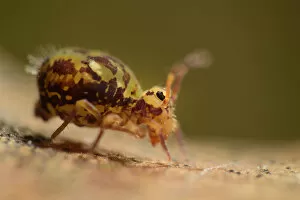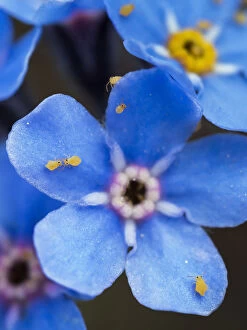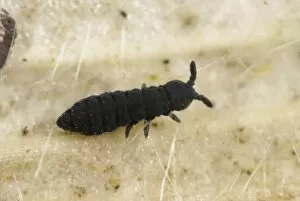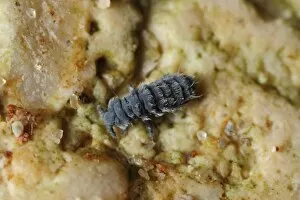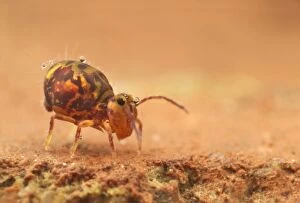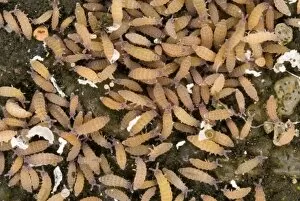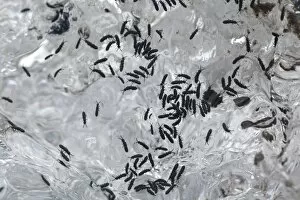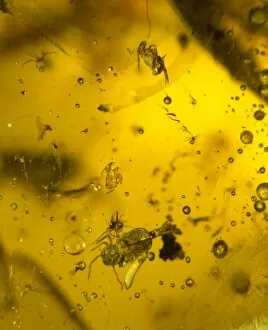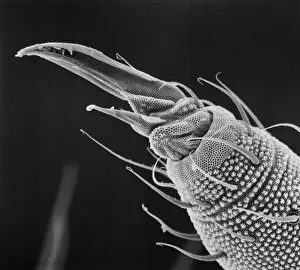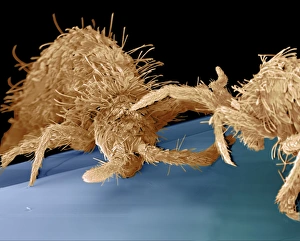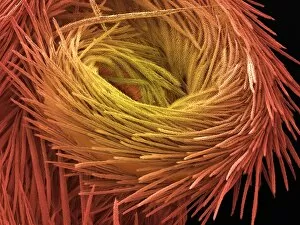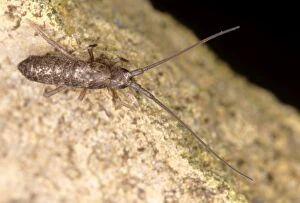Springtail Collection
Springtails are tiny creatures that can be found in various habitats around the world
All Professionally Made to Order for Quick Shipping
Springtails are tiny creatures that can be found in various habitats around the world. One such species is the yellow springtail, which can be seen delicately perched on a forget-me-not flower in the breathtaking Zillertal Alps. Their vibrant yellow color adds a touch of cheerfulness to the already beautiful landscape. In Derbyshire, UK, another type called the globular they are be spotted on dew-covered dead leaves. This close-up view showcases their intricate body structure and highlights their ability to thrive even in seemingly inhospitable conditions. Moving to Niedersechsische Elbtalaue Biosphere Reserve, we come across the Dicyrtomina ornata springtail resting gracefully on an oak tree leaf. Its presence serves as a reminder of nature's interconnectedness and how these minuscule organisms play vital roles within ecosystems. A scanning electron micrograph provides us with an even closer look at these fascinating creatures. Magnified 150 times its original size, this image captures intricate details of a springtail from Order Collembola. The complexity and diversity within this order become evident through this scientific lens. For those who appreciate art, a black and white illustration showcases the elegance of these small beings. The simplicity of monochrome enhances our focus on their unique features while inviting contemplation about life's intricacies. Not limited to terrestrial environments, some springtails have adapted to aquatic life as well. Take Podura aquatica for example; it scavenges among plants in garden ponds, adding vibrancy and activity beneath tranquil waters. Venturing into coastal regions like Portland Harbour in Dorset, England during October reveals yet another species: Anurida maritima or rockpool springtails. These resilient creatures find refuge under boulders along shorelines where they continue their lifecycle amidst crashing waves and changing tides. Even urban areas provide homes for certain types of springtails like Dicyrtomina ornata.

